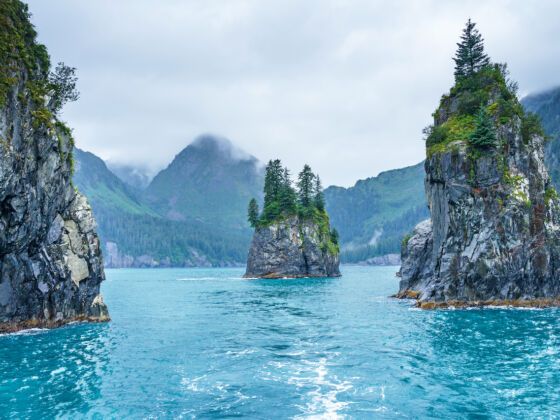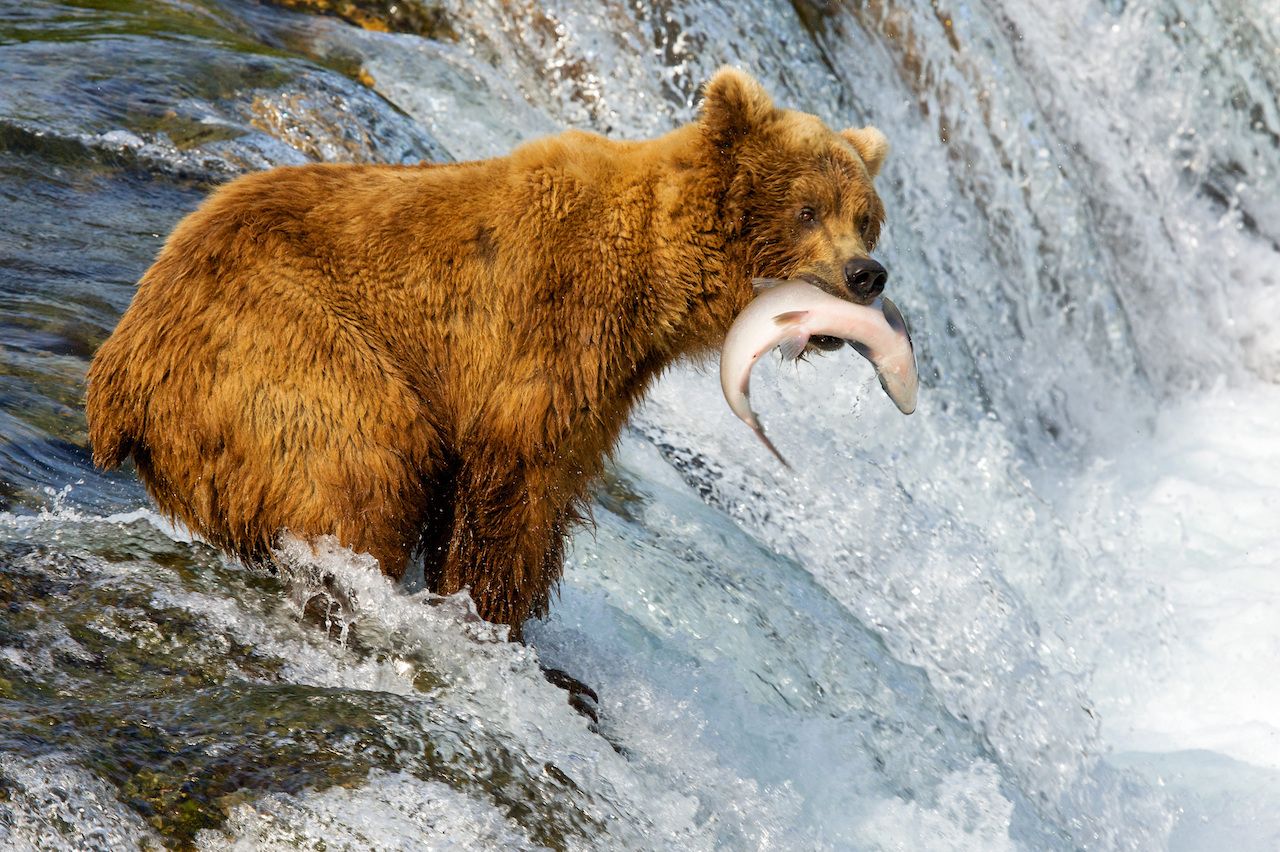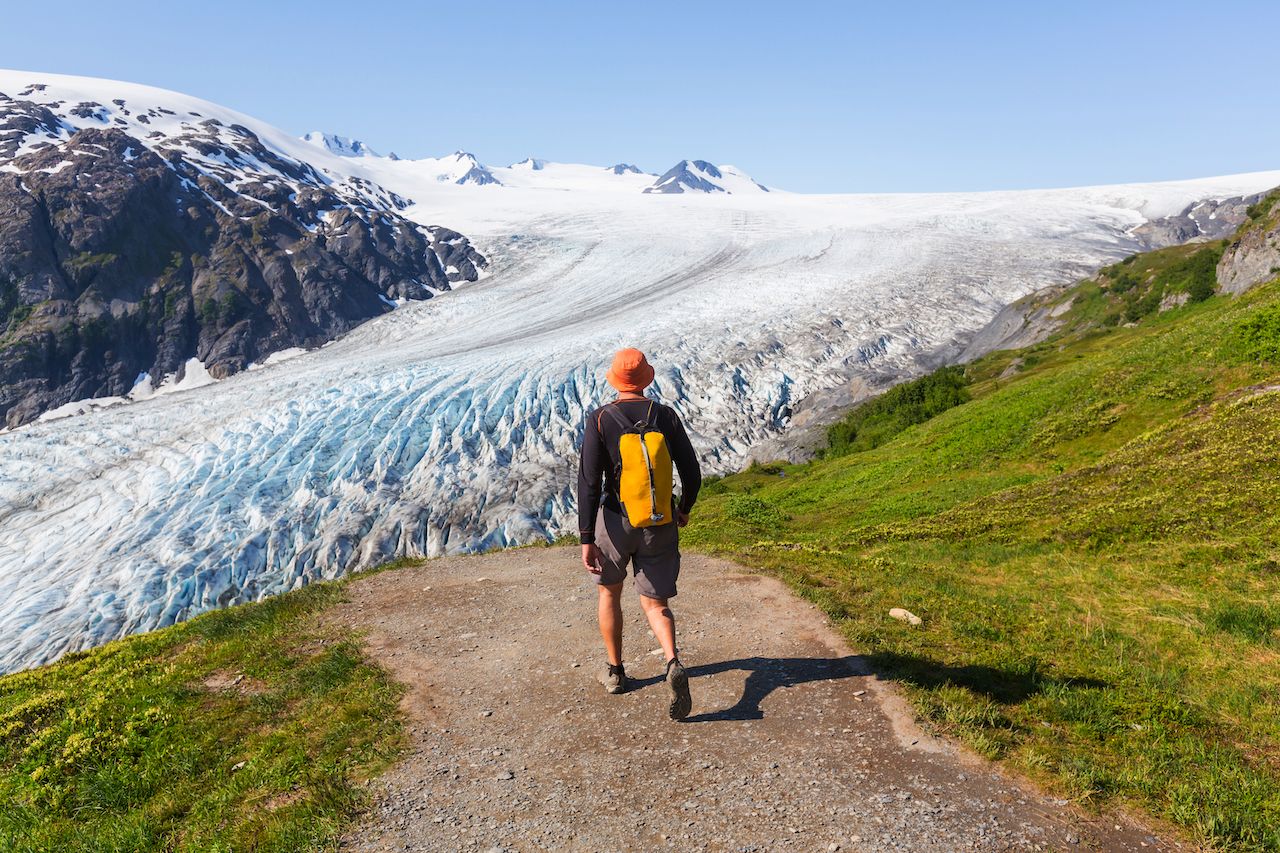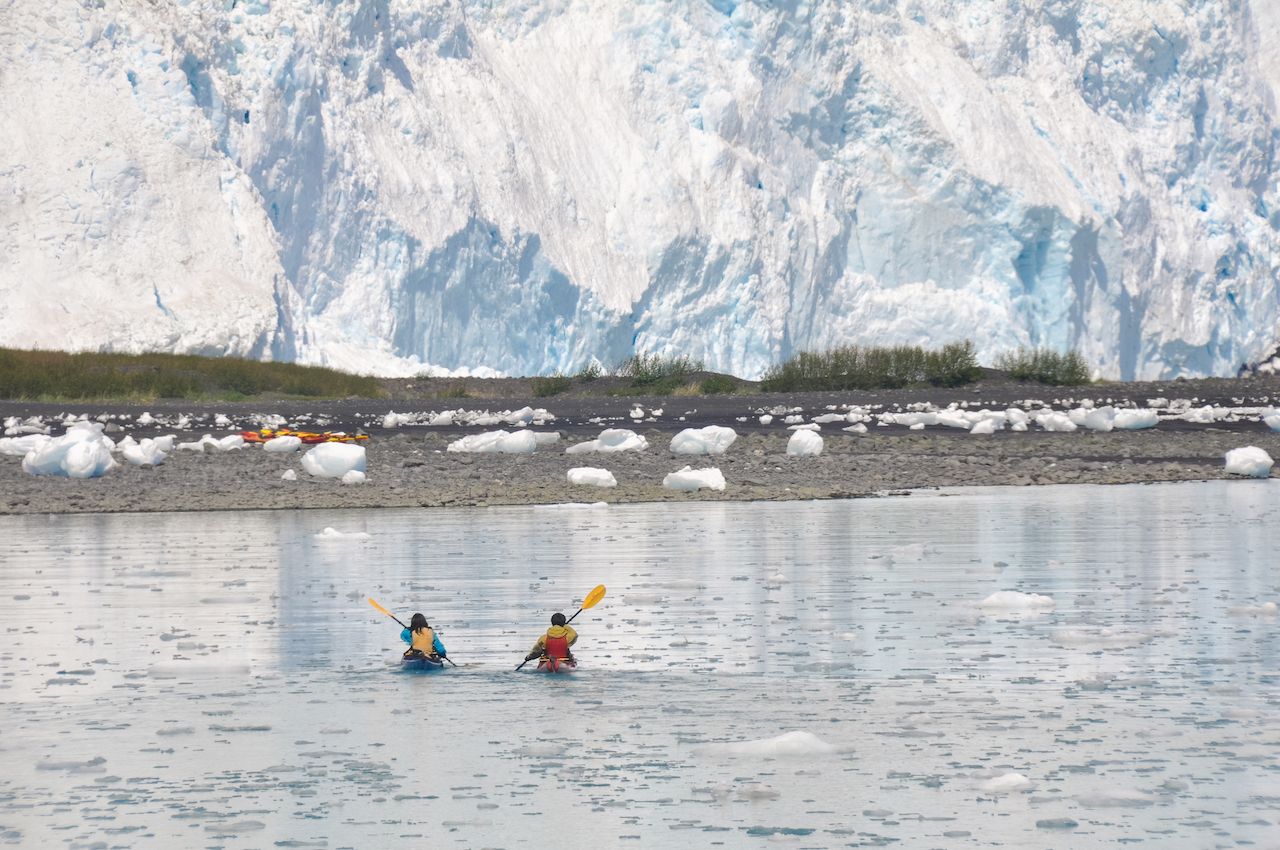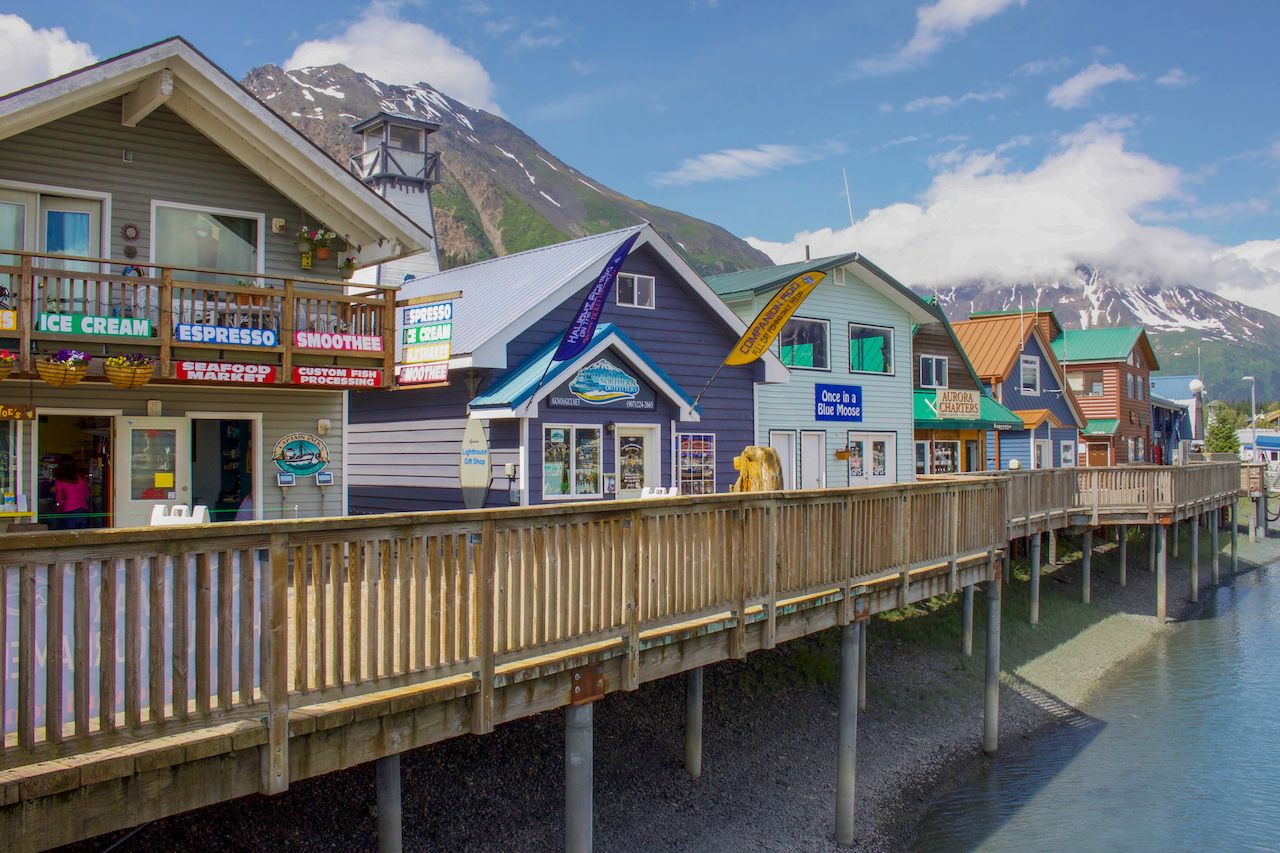When it comes to boast-worthy scenery, it seems hard to compete with Norway. And it’s true that Norway gave us the word “fjord” and has more of the stunning inlets flanked by towering mountains and cliffs than anywhere else in the world. But travelers may be surprised to learn that the US has more than a few of the topographical treasures within the US’s borders — the northern ones, at least.
Kenai Fjords National Park is one of the most beautiful and geographically unique national parks in Alaska. It might seem like it’s quite the effort to reach the park, but it’s an easy day trip from Anchorage, the state’s largest city. The park is basically a US version of an Arctic landscape, with glaciers, icefields, wildlife like seals and bears, and plenty of opportunity for adventure on the water.
Alaska might not be in your backyard, but it’s certainly closer than Norway. Here’s how to get the most out of a trip to Alaska’s Kenai Fjords.
